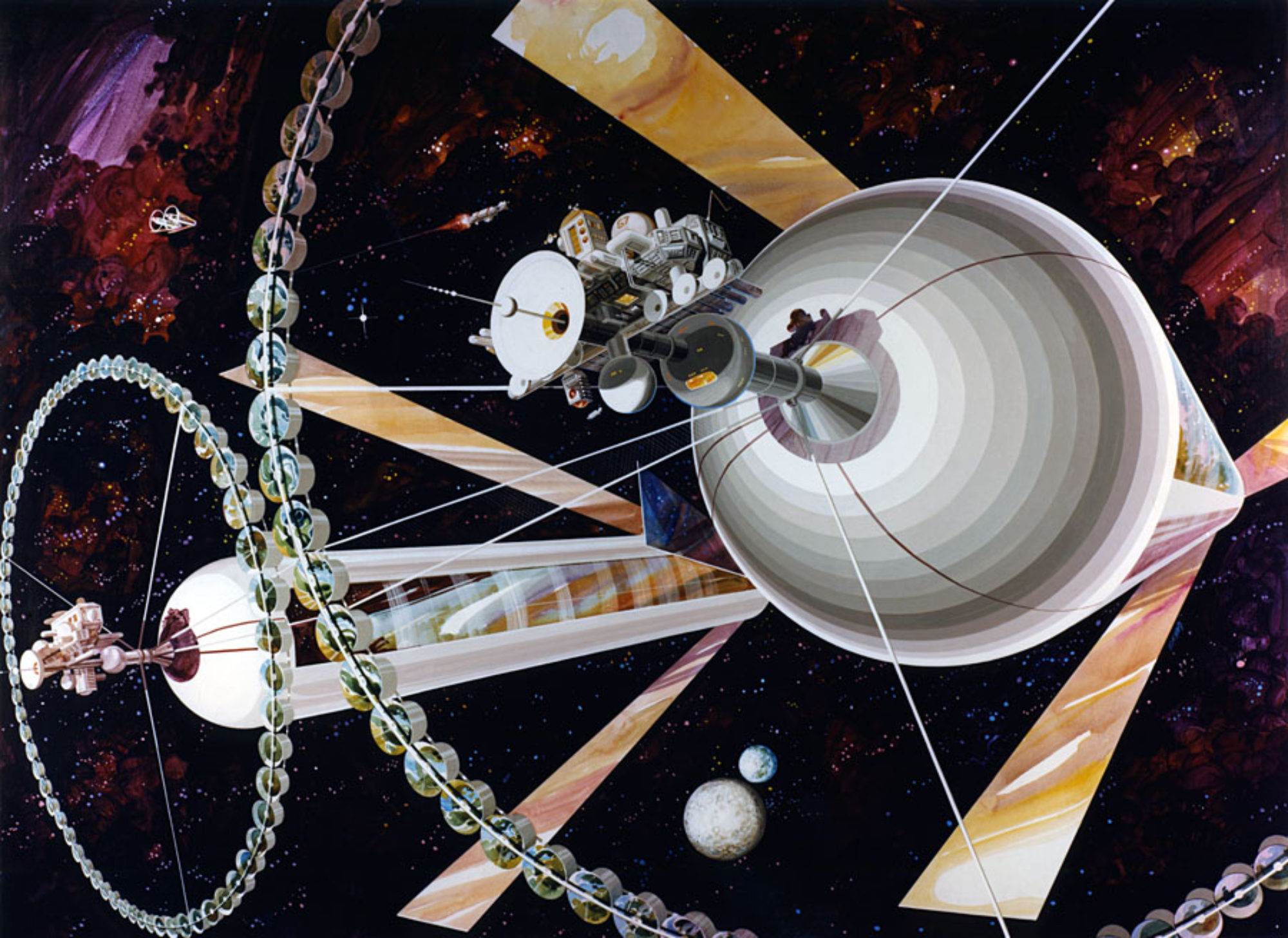
Can humanity explore and develop space responsibly by learning from some of the mistakes made throughout history while settling new lands? In an article called “To Boldly Go (Responsibly)” on LinkedIn, CEO of Trans Astronautica Corporation Joel Sercel provides a vision for how we should conscientiously manage space settlement in a manner that respects human rights and the rule of law, but also maintains stewardship of the space environment.
“Through space settlement, we have a chance to show that humanity has learned from history and is evolving morally and culturally”
Sercel warns of the “Elysium effect”. In the words of Rick Tumlinson, who coined the term in an article on Space.com, “…as entrepreneurs like Elon Musk, Jeff Bezos and Richard Branson spend billions to support a human breakout into space, there is a backlash building that holds these projects as icons of extravagance.” Ironically, these New Space pioneers actually have the opposite goals of lowering the cost of access to space for average citizens and preserving the Earth’s environment by moving “dirty” industries outside it’s biosphere.
Public space agencies and private space companies can help open the high frontier responsibility through cooperation on development of common standards and international agreements in accordance with the Outer Space Treaty. Sercel believes that an urgent need in this area would be establishment of salvage rights for defunct satellites and dormant orbital debris like spent upper stages which under the OST are the responsibility of the nation that launched the payloads.
“That’s a legal impediment for companies developing satellites to clean up orbital debris and firms eager to recycle abandoned antennas and rocket bodies.”
Some work in the area of orbital debris mitigation has already been started by the Space Safety Coalition, an ad hoc coalition of companies, organizations, and other government and industry stakeholders, through establishment of best practices and standardization for space operations. And just last month the Orbital Sustainability Act of 2022 was introduced in the U.S. Senate that will “require the development of uniform orbital debris standard practices in order to support a safe and sustainable orbital environment.”
Good progress on interagency cooperation in space has also been made with the creation of the Artemis Accords, Principles for a Safe, Peaceful, and Prosperous Future. Signed by seven nations thus far, the agreement provides a legal framework in compliance with the OST for humans returning to the Moon and establishing commercial mining rights.
Sercel thinks that before establishing a permanent human presence on Mars we should first thoroughly explore the planet robotically for signs of life to ensure that we do not disrupt any indigenous organisms if a biosphere is found to be present there.
Another example of space ethics, discussed on SSP in previous posts, is determination of the gravity prescription, especially the human gestation component. The answer to this critical factor may drive the decision on where to establish permanent long term settlements so colonists can raise families. It may turn out that having children in less than 1G may not be biologically possible and therefor, for ethical reasons, may change the long term strategy for human expansion in the solar system favoring free space settlements with Earth normal artificial gravity over surface settlements. Sercel believes that determination of the gravity Rx should be a high priority and suggested on The Space Show recently a roadmap of mammalian clinical reproduction studies starting with rodent animal models producing offspring over multiple generations progressing to primates and then, only if these are successful, initiating limited human experiments. Such studies would prevent ethical issues that may arise from birth defects or health problems during pregnancy because we don’t know how lower gravity would effect embryos during gestation.
Dylan Taylor of Voyager Space Holdings has advocated for a sustainable approach to space commercial activities to ensure “…that all humanity can continue to use outer space for peaceful purposes and socioeconomic benefit now and in the long term. This will require international cooperation, discussion, and agreements designed to ensure that outer space is safe, secure and peaceful.”
Sercel is calling for the National Space Council “…to coordinate private organizations to include think tanks, advocacy groups, and the science community to work together to define the field of space ethics…to guide the development of laws and regulations that will ensure the rapid and peaceful exploration, development and settlement of space.”





